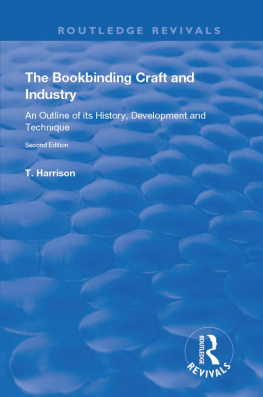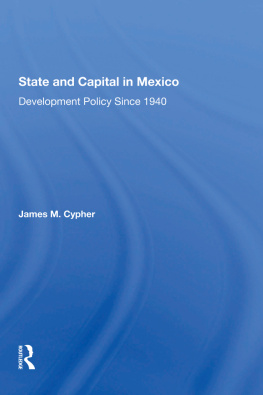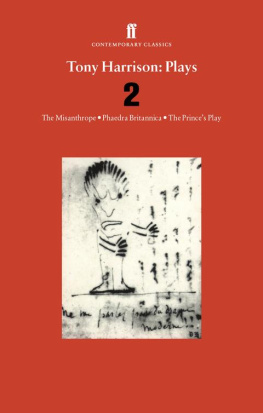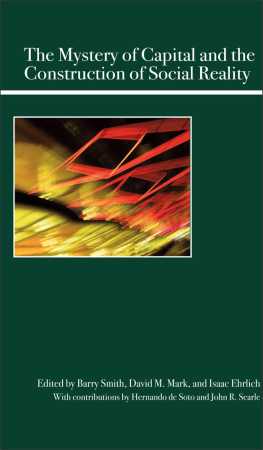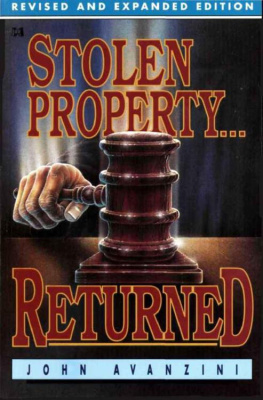First published in 2021 by
Gingko
4 Molasses Row
London SW11 3UX
Copyright 2021 Harrison B. Guthorn
The rights of Harrison B. Guthorn to be identified as the author of this work have been asserted in accordance with Copyright, Designs and Patent Act 1988.
Cover image: Library of Congress, Prints & Photographs Division, LC-DIG-matpc-20898.
A CIP catalogue record for this book is available from the British Library.
All rights reserved. Except for brief quotations in a review, no part of this book may be reproduced in any form or by any electronic or mechanical means, including information storage and retrieval systems, without written permission from the publisher.
ISBN 978-1-909942-509
e-ISBN 978-1-909942-516
Typeset in Times by MacGuru Ltd
Printed in the United Kingdom
www.gingko.org.uk
@GingkoLibrary
Acknowledgements
This project, which started over ten years ago, originated from my doctoral dissertation written at the University of Maryland College Park. Peter Wien, my adviser, constantly pushed me to improve my topic and believed in it even before I did. His years of guidance have made me the scholar I am today for which I am forever grateful. At Maryland, Madeline Zilfi, Bernard Cooperman, Marsha Rozenblit, Antoine Borrut, Ahmed Karamustafa, Valerie Anishchenkova and Anne Rush all helped me to develop as a historian and a teacher.
This book would not have been possible without the help of the archivists and librarians at the British National Archives, the Jordanian National Library, the Jordanian Parliamentary Library, the Imperial War Museum, the National Archives and Records Administration, and the Library of Congresss African and Middle East Reading Room. I would particularly like to thank Ms. Debbie Usher at the Middle East Center Archive at St Antonys College, Oxford, for her hours of tireless support and assistance.
While in Amman, Dr. Rami Daher offered me countless hours of his time and expertise in the exploration of Ammans urban heritage and culture. My friends and colleagues in Jordan Riad al-Khouri, Janset Shawash, Elena Corbett, Jose Ciro Martinez, Jose Dario Martinez, Matt DeMaio, Christina Gordon, Julie DeSoto and Eda Pepi tolerated my constant musings and curiosity about the city of Amman. The staff of the American Council for Oriental Research provided me an intellectual home away from home while in Jordan and its library was invaluable. I am also immensely thankful to the Adarbeh family, in particular my friends Ziad and Ayman, for making me feel at home in Amman.
This project would not have been possible without the generous support of the Fulbright IIE Fellowship, the University of Maryland Department of History, the University of Maryland Graduate School, and the Cosmos Club of Washington, DC. I am immensely thankful and indebted to these institutions for supporting my work.
Thank you to my friends at Maryland who endured my dissertation-induced delirium and supported me for those six long years Will Burghart, Allison Finkelstein, Alda Benjamin, Fatemeh Hosseini, Josh Walker, Rob Hutchinson, Stephanie Hinnershitz, and Joe Frechette.
The Gingko Library supported this project early on. I am proud to have participated in the librarys inaugural conference, where I first presented a portion of this books findings. To my editor at Gingko, thank you for ushering this project along over the last two years. I would also be remiss to not thank Yarmouk University for allowing me to use Richard Loring Taylors translation of Arars poetry.
Finally, and most importantly, to my family whose unwavering support and love made this possible. Meghan, my patient and understanding wife, thank you for imposing deadlines and making me just get on with the thing. Lastly, thank you to my daughter Rose, who kindly waited until I submitted the final manuscript revisions before making her grand entry to the world less than ten hours later.
Introduction
Hidden behind a high stone wall and an innocuous metal gate in the Jabal al-Luweibdeh neighbourhood of Amman is one of the citys notable art spaces, Darat al-Funun or House of Arts. This art gallery is a compound of three houses built in the early 1920s. The main building, also known as the Humud House, was renovated by the Khalid Shoman Foundation and turned into a gallery space in 1993. Before Darat al-Funun became an exhibition space, however, each building served a different purpose.
The main building, known as Darat I, was the home of Arab Legion Commander Colonel Frederick G. Peake from 1921 until he retired and left Transjordan in 1939. One of the mandates two most powerful British administrators, along with British Resident Henry Cox, Peake shaped the development of Transjordans armed forces from within these halls. When John Bagot Glubb replaced Peake, Darat I became a residence for British officers and an officers club up to the Arabisation of the army in 1956.
The other two buildings in the Darat al-Funun compound, Darat II and Darat III, also have strong connections to Ammans mandate era past. Ismail Haqqi Abdo built both houses in the 1920s. Abdo served as the Ottoman Governor of Acre before moving to Amman in the 1920s, where he acted as an adviser to Peake through the mid-1930s. Darat II, known as the Blue House for its Circassian-style wooden porch, served as Abdos residence during the mandate. Darat IIIs most famous residents were the Great Arab Revolt poet Sheikh Fouad al-Khateeb, and Prime Minister Suleiman Nablusi, who held the office in the 1950s.




